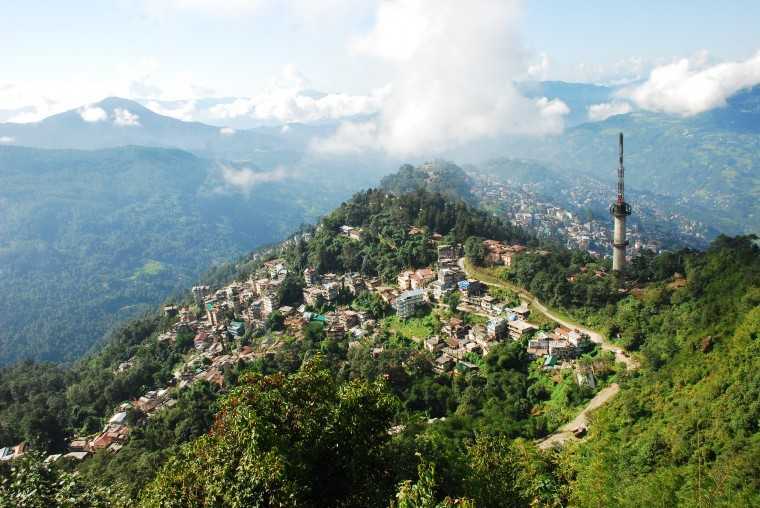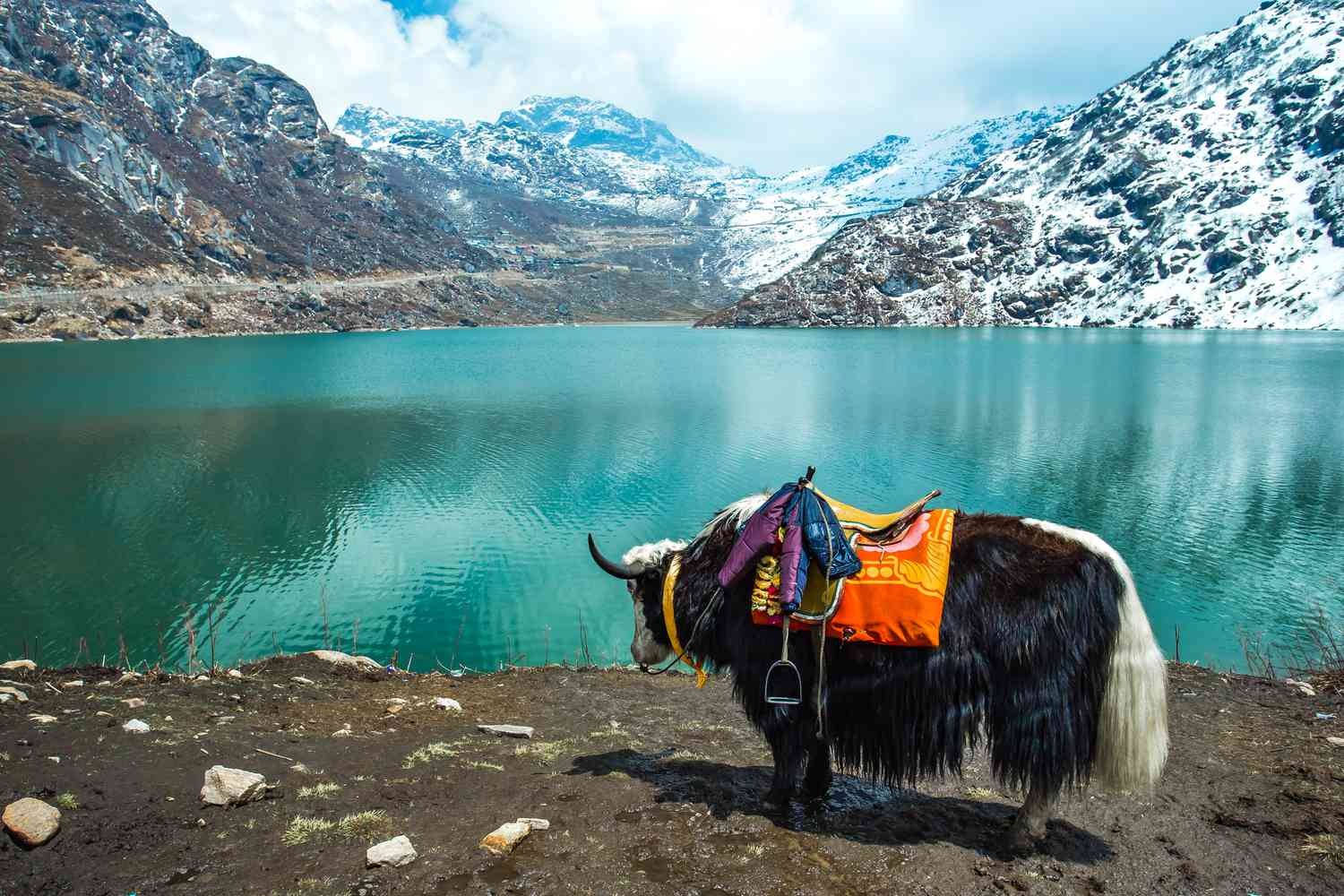
India's smallest state, the charming and lovely Sikkim region, is located far to the northeast. This state is frequently regarded as the entryway to the nation's Northeastern region because of its wealth in history, culture, and natural resources. Any lover of nature will fall in love with the state due to its lakes, waterfalls, and verdant forests. The delicious local cuisine further enhances its allure. It is a historical location with religious significance thanks to its age-old monuments, architecture, and other cultural features. Here are our top 5 recommendations for why Sikkim ought to be your next trip destination.
1.Stunning vistas like the Tsomgo Lake
Sikkim and Sikkimese culture are connected with glaciers, the outdoors, and spirituality. Tsomgo Lake is a symbol for all of this. The alpine woodland and rhododendron blooms that surround the oval lake add to its attractiveness. The water in the lake during the summer is created by the melting snow from the surrounding glaciers and the snow-covered Himalayan peaks. When the lake freezes over in the winter, it makes for an amazing spectacle. Buddhist monks use the area as a place of introspection, and it is also said to have inspired them to make mystical forecasts. It is a unique experience to visit the lake during the Guru Purnima celebration.
2.Prominent monasteries of Buddhism
One of the main religions in this state is Buddhism, and Sikkim is home to a number of magnificent Buddhist monasteries. His Holiness, the 16th Gyalwa Karmapa, resided in the Rumtek Monastery, which is a model of Tibetan Buddhist architecture. The tranquil atmosphere of the temple complex alone is sufficient to ensure a state of serenity and reflection. This location's golden stupa, an architectural wonder, is extremely breathtaking. Other stupas, such as the one housing the 16th Gyalwa Karmapa's relics, are as stunning. A beautiful example of elaborate murals and expertly created sculptures is found in the monastery.
3.Enormous historical significance
Traders and conquerors alike entered the nation via the Nathula Pass on the historic Silk Road. This pass, which is located 4,310 metres above sea level, serves as one of the border crossing points between China and India but is not accessible to all tourists. The full length of the pass is restricted to Indian citizens with prior authorization. It is unquestionably one of the locations you should see while in Sikkim because it has played a significant role in the growth of the nation in terms of trade and international ties. The surrounding, sweeping meadows are covered in flowering junipers, miniature rhododendrons, and ground orchids.
4.The experience that came closest to the "end of the road"
Yumesamdong, also known as Zero Point, is a place of perpetual snow that lies just beyond the Indo-Chinese border. It is very literally the end of the road and is a sight to behold, covered in sparkling snow. Though Zero Point is not frequently included in vacation itineraries, planning a trip there is unquestionably worthwhile. The charming landscape, with its gorgeous white backdrop dotted with spectacular azalea blossoms, is enhanced by the grazing yaks and wandering shepherds.
5.Breathtaking scenes

One of the most breathtaking sights in this area is the Seven Sisters Falls' strong surge of water cascading down the Himalayan hills. The waterfall is so named because the water cascades down in seven distinct stages, becoming even more stunning during the monsoon season. It certainly is a trip worth taking while in the area, located just north of the state's capital. Visitors can unwind while seeing the grandeur of the cascading water in one of the numerous tea booths and watersheds dotted around the observation area.

